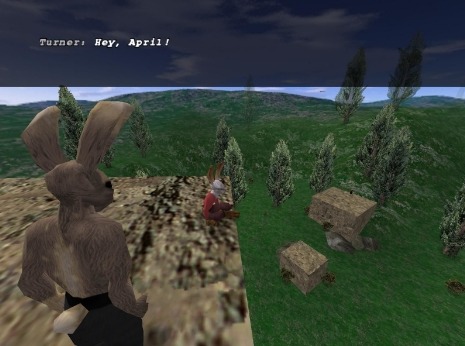
The Devil set forth and tried to bring it to the surface in his name instead, but could not succeed until he brought it up in the name of God. Upon deciding to create the earth, God sent the Devil to bring a handful of clay from the ground of the World Ocean in his holy name. These stories appear not only in Romanian folklore, but also in those of Aromanian, Slavic Macedonian and Bulgarian folklore. In these stories the Devil goes by the name "Nefârtatul" and is the somewhat foolish brother of God in folk versions of stories. : 11–12 In the majority of versions, before the earth existed, a boundless ocean called Apa Sâmbetei was the abode of God and the Devil, seen as master and servant rather than equals.

Stories suggest God made the earth with the help of animals, while the Devil was trying to thwart his plans. Second, for a long time learned culture was governed by official and social commands and developed around courts of princes and boyars, as well as in monasteries. They were both a source of inspiration for cultivated creators and a structural model. Folk creations (the best known is the ballad Miorița) were the main literary genre until the 18th century.

First, the rural character of the Romanian communities resulted in an exceptionally vital and creative traditional culture.

A feature of Romanian culture is the special relationship between folklore and the learned culture, determined by two factors. The folklore of Romania is the collection of traditions of the Romanians. A traditional house in the Village Museum


 0 kommentar(er)
0 kommentar(er)
